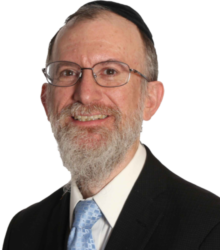Congratulations to Moshe for catching the error I meant, and to Andrea for catching two more.
1) I’ve never heard of Chafalashim either, but the stack of books on the lower left hand corner of the front cover has a book of their prayers at both the top and bottom of the stack. The book on top reads “Seder Tefilot Chafalashim“, which means “The Order of Prayers of the Chafalashim,” followed by “Daily Prayer Book” in English.
The Falashim, “HaFalashim” with a hey rather than ches, refers to the Ethiopian immigrants who have come to Israel since the 1980s. However, it is my understanding that this term, Anglicized as “Falashas,” is somewhat derogatory — there are other self-descriptive terms, and they wouldn’t put “Falashim” on their own prayer book. And further, they lost much of their connection with Jewish prayer, and to the best of my knowledge have adopted one of the traditional orders of prayer, either that of the Sephardic communities (Morocco, Syria, Iraq etc.) or that of the Ashkenazim of Europe.
2) As Andrea mentioned, it’s incongruous for the term “Old Testament” to appear on the cover of a Jewish book, and the Jewish Bible comprises more than five books (twenty-four, by our count, which groups the Twelve Prophets (Hoshea-Malachi) into one).
As mentioned before, I didn’t do the cover — I even sent them some scans of genuine Jewish book covers, like Maimonides’ Mishnah Torah (his legal code). In most English-speaking countries, everyone recognizes “Old Testament” so I left that alone — but I myself missed the reference to the Five Books!
